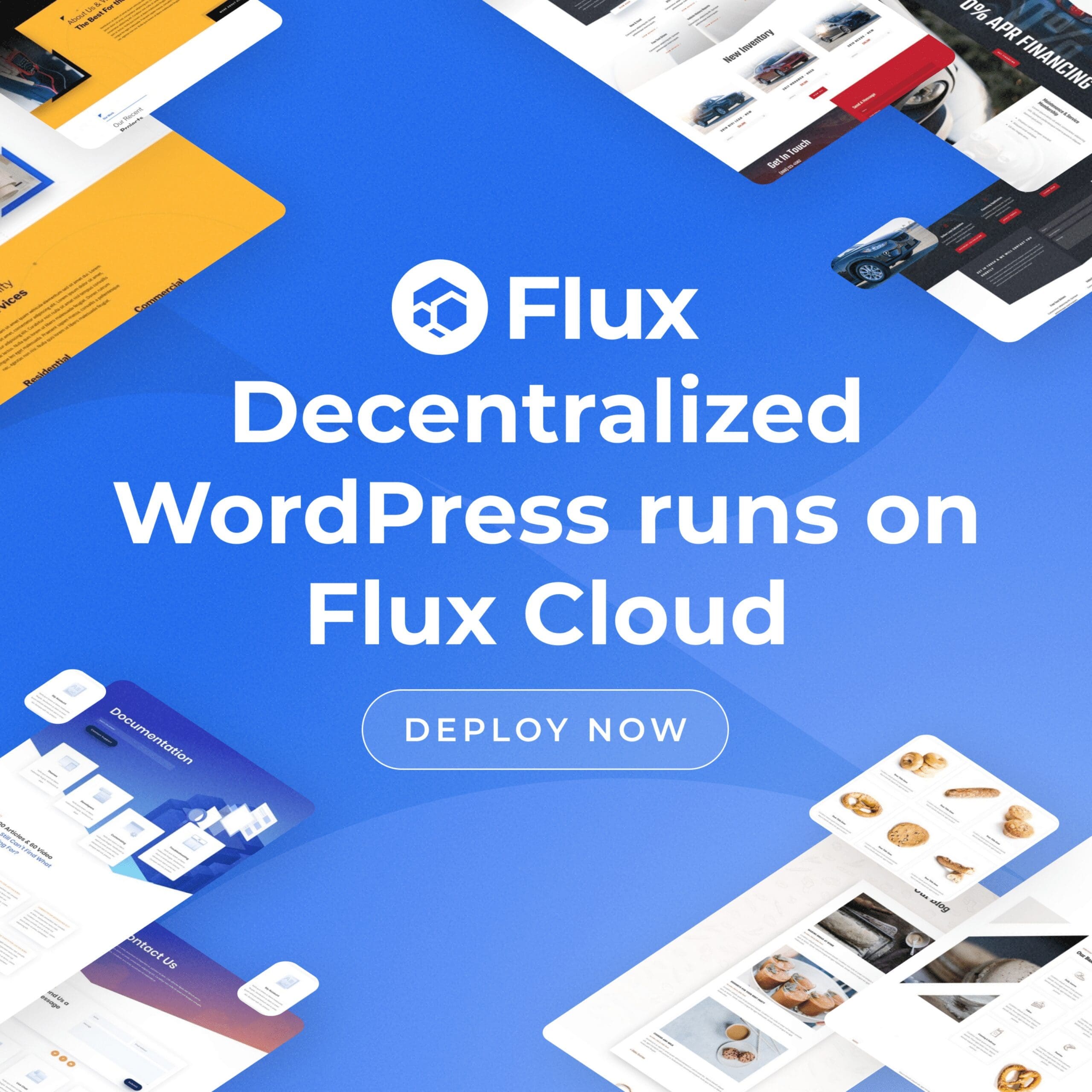This is a great move forwards for the Flux team and probably a little bit under sung compared to Proof of Useful Work. Persistent storage opens up a whole raft of new opportunities for the Flux Ecosystem and in this post I will touch on just a few. So lets move on, but first lets just look at what Persistent Storage is.
What Is Persistent Storage?
Persistent storage is any data storage device that retains data after power to that device is shut off. It is also sometimes referred to as nonvolatile storage.
In containerization, persistent storage refers to storage volumes—usually associated with stateful applications such as databases—that remain available beyond the life of individual containers. Persistent storage volumes can be contrasted with ephemeral storage volumes that live and die with containers and are associated with stateless apps.
Credit: https://www.netapp.com/data-management/max-memory-accelerated-data/persistent-storage/
So what does this mean for Flux and the Surrounding Ecosystem?
The ability to store data at scale is a huge component, and having a cheaper direct competitor for AWS and the rest of the industry could be a real game changer. Having a secure decentralized storage place for all your data. Having availability to store your data at a fraction of the cost, who would not want that?
So how will this help and be used.
WordPress and Websites
With WordPress pricing probably sitting at on average 11 dollars a month, and that’s just for the basics. To purely cover the basics, WordPress costs around $11/month. Realistically though, you should expect a one-off cost of around $200, with a small ongoing monthly charge ($11 – $40/month). Your WordPress costs could quickly creep into the $1000+ mark if you need to hire a web designer. Imagine the difference on price with Flux and those fund entering the ecosystem. Ill let you know more once I have migrated.
- Domain name: $12/year – You get your own with Flux free for a dAPP, with SSL included or you can have your won custom domain.
- Hosting: from $2.95/month. – Whatever you want to scale and pay with on Flux.
Source and serious credit: https://www.websitebuilderexpert.com/wordpress/wordpress-pricing/
So what does this mean in terms of disrupting the market, well here are a few key stats.
- WordPress powers 36.28% of the top 1 million websites. (BuiltWith, 2022)
- WordPress is used by 65.2% of all websites using a content management system. (W3Techs, 2022)
- WordPress is used by 43.2% of all websites on the internet. (W3Techs, 2022)
If Flux had just 1% of the market the flux ecosystem would grow and scale, why is this important. Well this will bring in more real world use cases and will open up people to the Flux Web3 ecosystem.
Persistent Storage and What dApps could be launched
Well your imagination could run wild but here are a few I can think of that I will expand on in future posts.
- Drop Box and Storage Drives – Your own decentralized storage drive and sharing platform on the blockchain for all your media.
- Large data repositories – Decentralized storage space for Big Data and Analytics.
- Data Infrastructure Management – it enables the agility to keep pace as IT ecosystems rapidly expand and change. This agility can be accomplished through multicloud, DevOps, and virtualization environments.
Thanks for reading and if you liked the post, keep in touch and follow us on Social Media.

